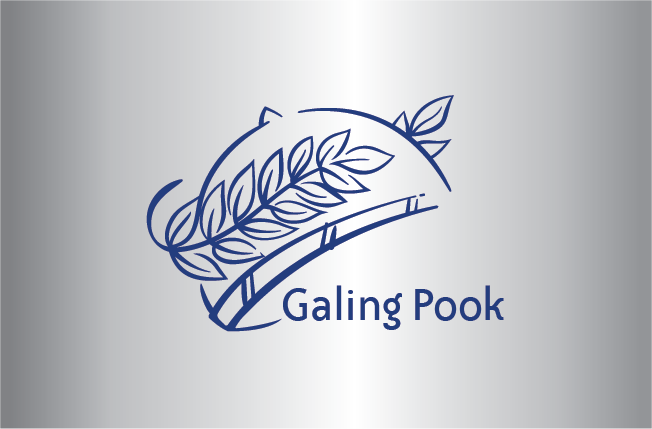
Tagalag Fishing Village
Valenzuela City
2021
The Tagalag Fishing Village is a story of transformation. From once a row of dying fish ponds, long neglected, Tagalag Fishing Village was rebranded into a collective of eco-friendly, child-friendly, resilient tourism destination that spurred economic revival of the community. This transformation was made possible through an eco-tourism and economic redevelopment project that aims to convert commercially non-viable fishing ponds to economically viable business enterprises as well as promote economic diversification through the establishment of restaurants, shops, biking destination, bird watching destination, all revolving around fish ponds.
It has a 1.3-kilometer boardwalk and offers varied activities such as recreational fishing, line fishing tutorials, photowalk, solar farm visit, food crawl, and biking. Just a month after its inauguration, COVID-19 hit the country. What was expected to be a major blow in the tourism of Barangay Tagalag gradually became the opposite. Due to the health protocols imposed, open areas became the preferred destination which resulted to more visitors coming to the Tagalag Fishing Village.
Through the years, Barangay Tagalag has experienced an increased popularity with its one-of- a-kind offering as a tourist destination. Its fishponds did not only provide a source of livelihood for its residents, but it also became a famous ecotourism spot for anglers and cyclists. With the establishment of the Valenzuela Fishing Village Tourism Council, the development of Barangay Tagalag and its surrounding areas was made more tourist-friendly. Businesses started to expand not only in the barangay but also in nearby barangays.
Barangay Tagalag’s number of registered businesses have steadily increased from 27 in 2018 to 35 at present, after the Tagalag Fishing Village was formally inaugurated. Old businesses have also diversified into commercial establishments, such as restaurants and other tourist-related enterprises. Micro businesses have also sprouted, such as small food cart businesses catering to the visiting public. Most notable is the increase in locally generated revenues from PhP 8,769,459.63 in 2017 to PhP 20,921,382.47 as of August 2021.
The project instilled into residents the advocacy of caring for the environment and for their own community. It also stimulated their entrepreneurial spirit. Now that economic opportunities abound with the influx of visitors, fishpond and fishing resort owners upgraded their areas to offer more tourism experiences in order to attract more visitors.
Moreover, the city harnessed stakeholder engagement through the Tagalag Fishing Village Tourism Council (EO No. 2018-068) that enabled various sectors to participate in the formulation of the tourism plan as well as programs and recommendations to develop local tourism facilities and attractions. The Council also helped regulate and supervise tourism-oriented establishments to ensure wholesome tourism activities as well as assist in monitoring and licensing of tourism establishments for safe enjoyable tourism activities and adherence to standards set by the Department of Tourism (DOT) and existing ordinances.
In order to ensure Tagalag Fishing Village’s continued success, several ordinances were passed by the city government. These include Ordinance 309, Series of 2016 which declared Tagalag as an eco-tourism zone (No build Zone); Ordinance 547, Series of 2019, the Tagalag Eco-tourism and Incentives Ordinance; and, Ordinance 630, Series of 2019, on tax incentives for business ventures in Tagalag. These ordinances are envisioned to help sustain the natural condition of the barangay’s vast aquatic resources critical for the preservatio nof its environment as well as provide the needed resources to support the project.
Indeed, Tagalag Fishing Village is more than its boardwalk. It is the community spirit working together in unison to achieve economic revival and uplift the lives of its barangay folks, harnessing the raw barangay sense of pride and ownership into a common goal.


